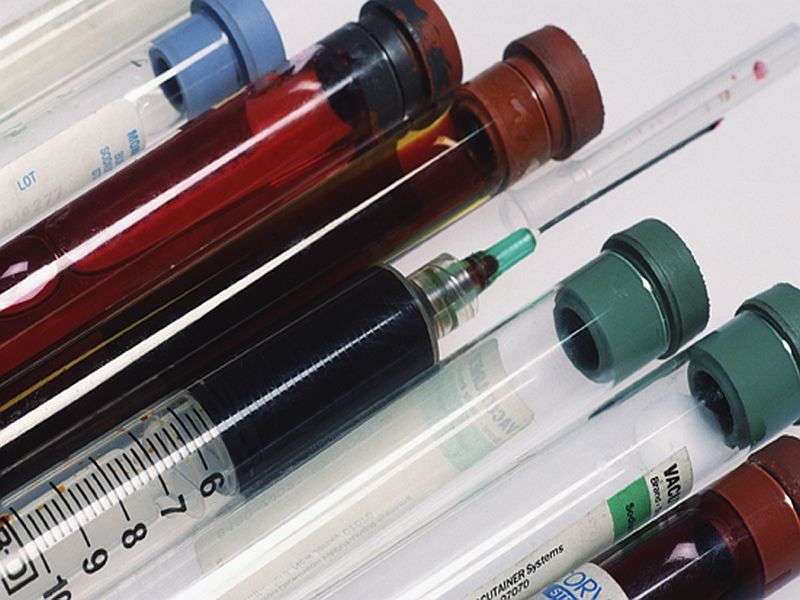(HealthDay)—As children age, the impact of changes in hemoglobin A1c (HbA1c) and body mass index (BMI) on low-density lipoprotein (LDL) and non-high-density lipoprotein (non-HDL) cholesterol levels increases, according to a study published online Oct. 20 in Diabetes Care.
Michelle L. Katz, M.D., M.P.H., from the Joslin Diabetes Center in Boston, and colleagues conducted a dynamic, retrospective study examining changes in lipid values in 572 young people with type 1 diabetes followed longitudinally for a median of 9.3 years. After adjustment for other relevant factors, the relationship between HbA1c and BMI z score (zBMI) on lipid values was described as subjects aged.
The researchers found that each 1 percent increase in HbA1c correlated with a 2 to 6 mg/dL increase in LDL levels; as subjects progressed from pre- to post-pubertal age ranges the increase was greater. When subjects were 10 years old, a one standard deviation increase in BMI correlated with a mean LDL increase of 2.1 mg/dL, compared with a mean increase of 8.2 mg/dL when subjects were 19 years old. Similar correlations were seen for HbA1c level and zBMI changes and variation in non-HDL levels. A small influence was seen for HBA1c and zBMI on HDL levels, which was not dependent on age.
"Changes in HbA1c level and zBMI modestly impact LDL and non-HDL cholesterol and have greater impacts as children age," the authors write.
More information: Full Text (subscription or payment may be required)
Journal information: Diabetes Care
Copyright © 2016 HealthDay. All rights reserved.























